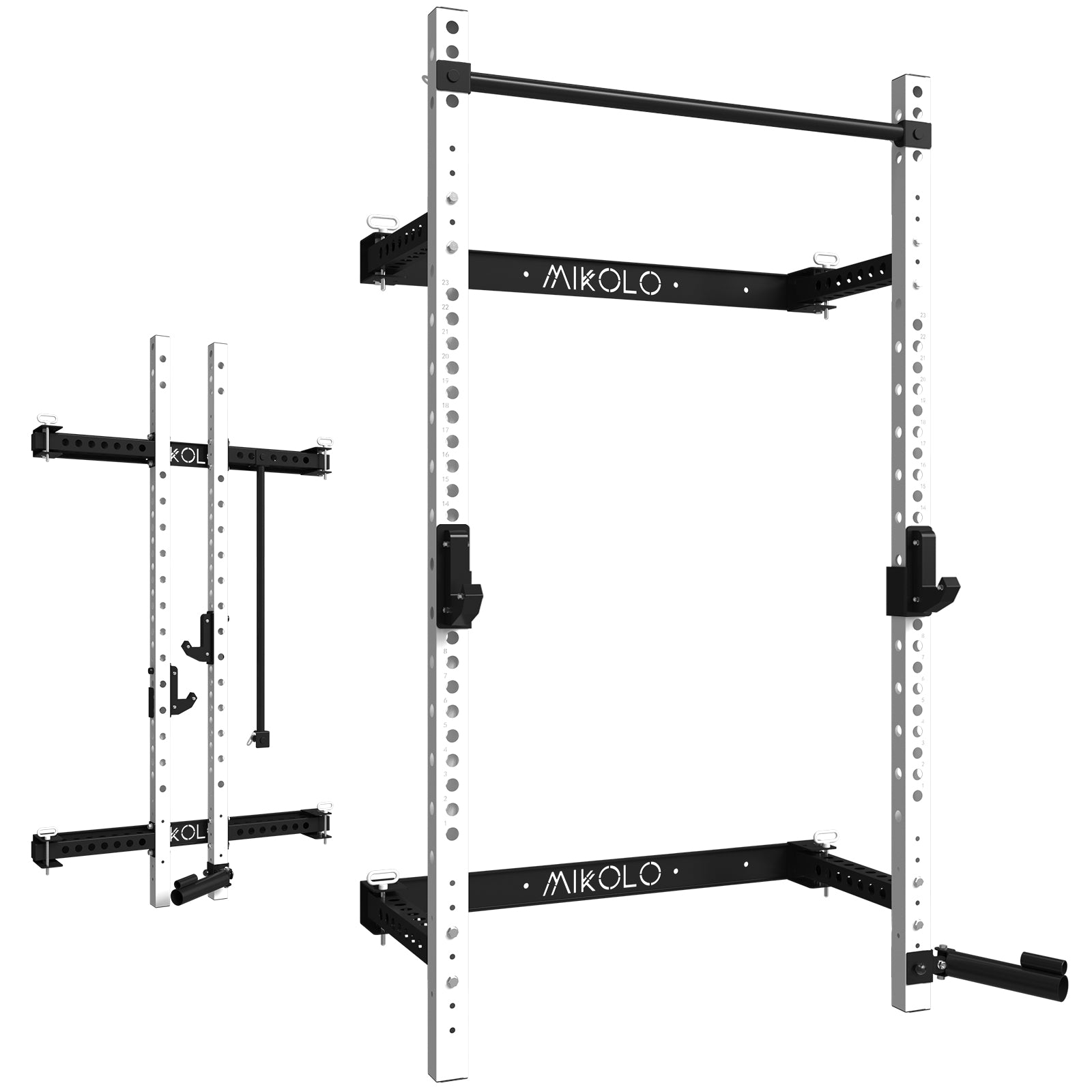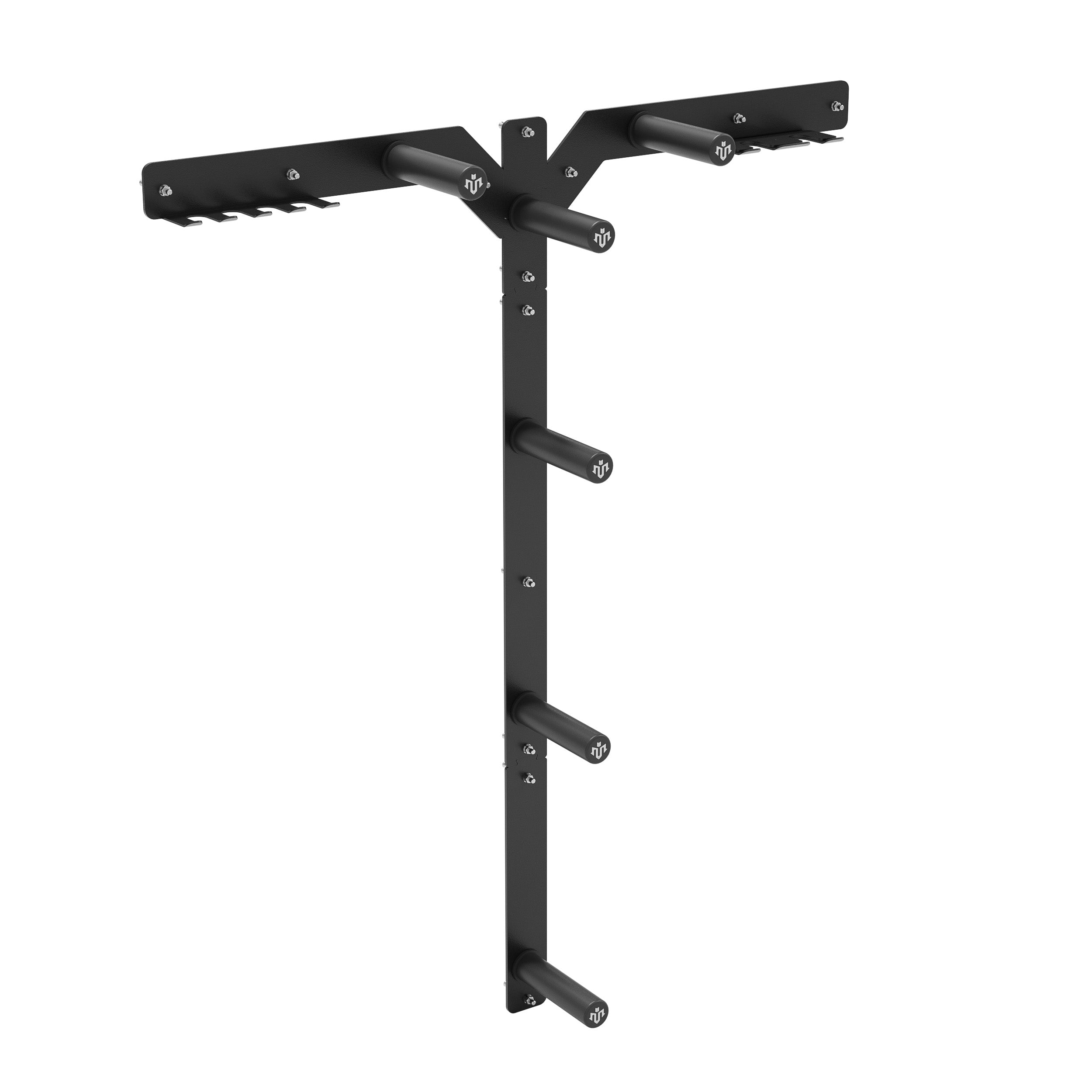The incline bench press is one of the most effective upper body movements for developing the upper chest, shoulders, and triceps. But one question comes up time and time again: What’s the best angle for the incline bench press? While the answer can vary slightly based on your goals and body type, there’s a clear sweet spot that offers the most benefit without unnecessary strain.
Why Angle Matters
The incline bench press targets the clavicular head of the pectoralis major—the upper chest. But the angle of the bench determines how much emphasis is placed on the chest versus the shoulders. Set the angle too high, and you turn it into more of a shoulder press. Too low, and it mimics a flat bench.
The Sweet Spot: 30 to 45 Degrees
Most lifters see the best results when the bench is set between 30 to 45 degrees. At 30 degrees, you’re still engaging the upper chest strongly without shifting too much tension to the anterior deltoids. This is a popular setting for lifters who want a more chest-focused incline press.
At 45 degrees, there’s still solid upper pec involvement, but the front delts become more active. This angle can be a good choice if you're looking to work both chest and shoulders together in a compound movement.
Going Beyond 45 Degrees?
Some benches can incline up to 60 degrees or more. However, settings above 50 degrees tend to turn the exercise into more of an overhead press. While that’s not inherently bad, it shifts the focus significantly away from the chest and increases strain on the shoulders. For most people aiming to build chest size and strength, those steeper angles are less ideal.
Bench Settings and Adjustability
Modern adjustable benches often come with numbered settings. While these vary by brand, a setting around 3 or 4 out of 7 typically corresponds to a 30–45 degree incline. Always double-check the manual or use a protractor app if you're unsure. The goal is to keep the upper chest engaged without overloading the shoulder joints.
Individual Considerations
Not everyone responds the same way to a given angle. Lifters with longer torsos may feel more chest activation at slightly higher angles, while those with shorter torsos might prefer a lower incline. It’s worth experimenting within the 30–45 degree range to find your optimal angle.
Final Thoughts
If your goal is to develop the upper chest while minimizing shoulder strain, 30 to 45 degrees is your target range. Stay within this zone, maintain controlled form, and progressively overload over time. Whether you're using a barbell or dumbbells, the right incline can elevate your pressing strength and aesthetics.










































Leave a comment
This site is protected by hCaptcha and the hCaptcha Privacy Policy and Terms of Service apply.